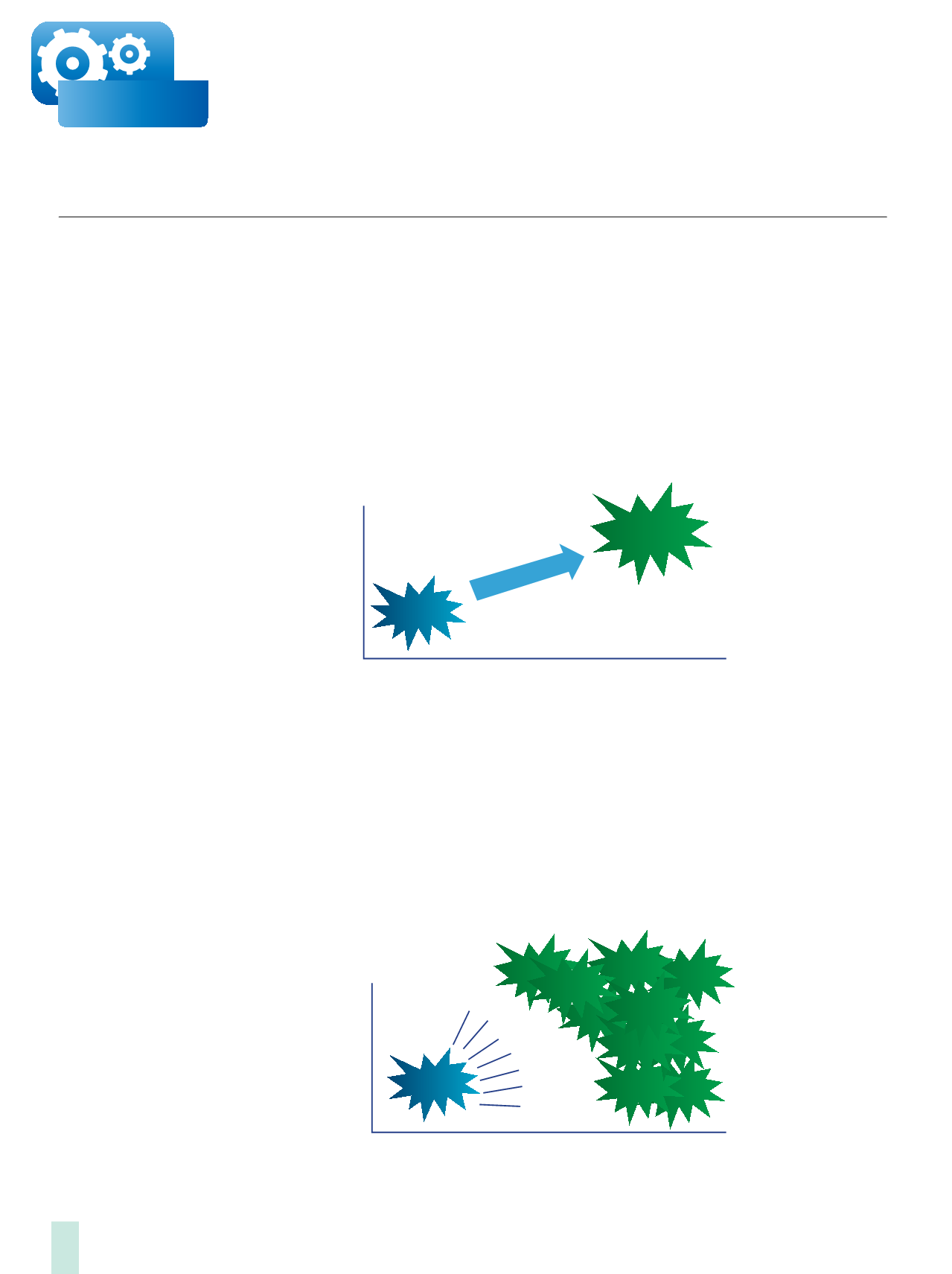

Direct
Feed
www.insideoutdoor.comFloorSpace
BackOffice
FloorSpace
BackOffice
Outdoor
Textile
Green
Glossary
Retail
Report
Outdoor
Textile
Green
Glossary
Retail
Report
www.insideoutdoor.comProducts
Section
www.insideoutdoor.comProducts
Section
Inside
Outdoor
|
Winter
2016
66
In a constantly
changing
world, a
long-term
strategy can
easily become
an anchor
that locks a
company onto
a path thatis no longer
relevant.
By Professor
Michael
Wade
Mo Farah is an extraordinary
athlete. During the course of his
career, he has won double gold
medals in the 5K and 10K races
at the European Champion-
ships the World Championships,
and the Olympic Games. When
asked about his formula for suc-
cess, he has a simple
answer: “Training, you
just have to put in the
training”. In reality, of
course, the success
of an athlete like Mo
Farah is due to a wide
variety of factors, in-
cluding natural ability,
race strategy, prepara-
tion and execution.
Organizations, too, must
balance different priorities to
compete; yet they face much
more uncertainty than an ath-
lete like Mo Farah. A race is a
well-defined event. The location,
starting time, distance, competi-
tors and design of the track are
all known in advance. The “play-
ing field” of business, however,
is becoming less clear.
This lack of clarity is having a
profound impact on the
effectiveness of traditional
strategies. Most strategy
professors (myself in-
cluded) describe strategy
as a cascade of choices
around where to play and
how to win. Good strategy
is based on using solid
data and analysis to build
an understanding of your
current position, figure
out a desired future posi-
tion, and then design a plan to
get from here to there (see Figure
1). I firmly believe that this model
works. Or, at least it worked.
Today, I am no longer so sure,
and for a very simple reason: the
business world is changing so
quickly that predicting what the
marketplace will look like in the
future is becoming increasingly
difficult. How many taxi compa-
nies incorporated the rise of Uber
into their strategic planning pro-
cesses? And why is it taking VW
so long to react to its emissions
crisis? In a constantly changing
world, a long-term strategy can
easily become an anchor that
locks a company onto
a path thatis no longer relevant.
The key elements for suc-
cess today are not plans and
aspirations, but agility and
capabilities. Capabilities (or
access to capabilities) are re-
quired to compete effectively in
a given position, and agility is
required to make shifts in that
position in response to a chang-
ing environment (see Figure 2).
Coming back to our athlete:
Mo Farah succeeds not only be-
cause he is fast but also
because he adapts to
the cadence of a race. He
is a master of position-
ing, and he sets himself
up for a winning finish.
Sometimes he wins from
the front, but more often
than not, he comes from
behind to take the lead
in the final lap.
Farah has phenomenal ca-
pabilities but limited agility. He
may be able to adapt to the
changing dynamics of a race,
but he would be completely lost
if he had to compete in the high
jump, on a bicycle or on a ten-
nis court. A more extreme form
of agility isrequired by orga-
nizations as they move to the
center of the “digital vortex,”
an environment characterized
by high market tur-
bulence and shifting
industry boundaries.
At the Global Cen-
ter for Digital Business
Transformation, an
IMD and Cisco initia-
tive, we define this
extreme form of agil-
ity as digital business
agility (DBA). DBA is
composed of parts:
hyperawareness, in-
formed decision-making, and
fast execution.
The business world is changing fast, organizations have to adapt
Forget Strategy, Embrace Agility
Here we
are
Let’s make a plan
Here’s
wh re we
want to be
Here we
are
We can’t
predict the
future????
????
????
????
Aglllty
The Traditional View of Strategy
Emerging View of Strategy
Here we
are
Let’s make a plan
Here’s
where we
want to be
Here we
are
We can’t
predict the
future
????
????
????
????
Aglllty
The Traditional View of Strategy
Emerging View of Strategy
















